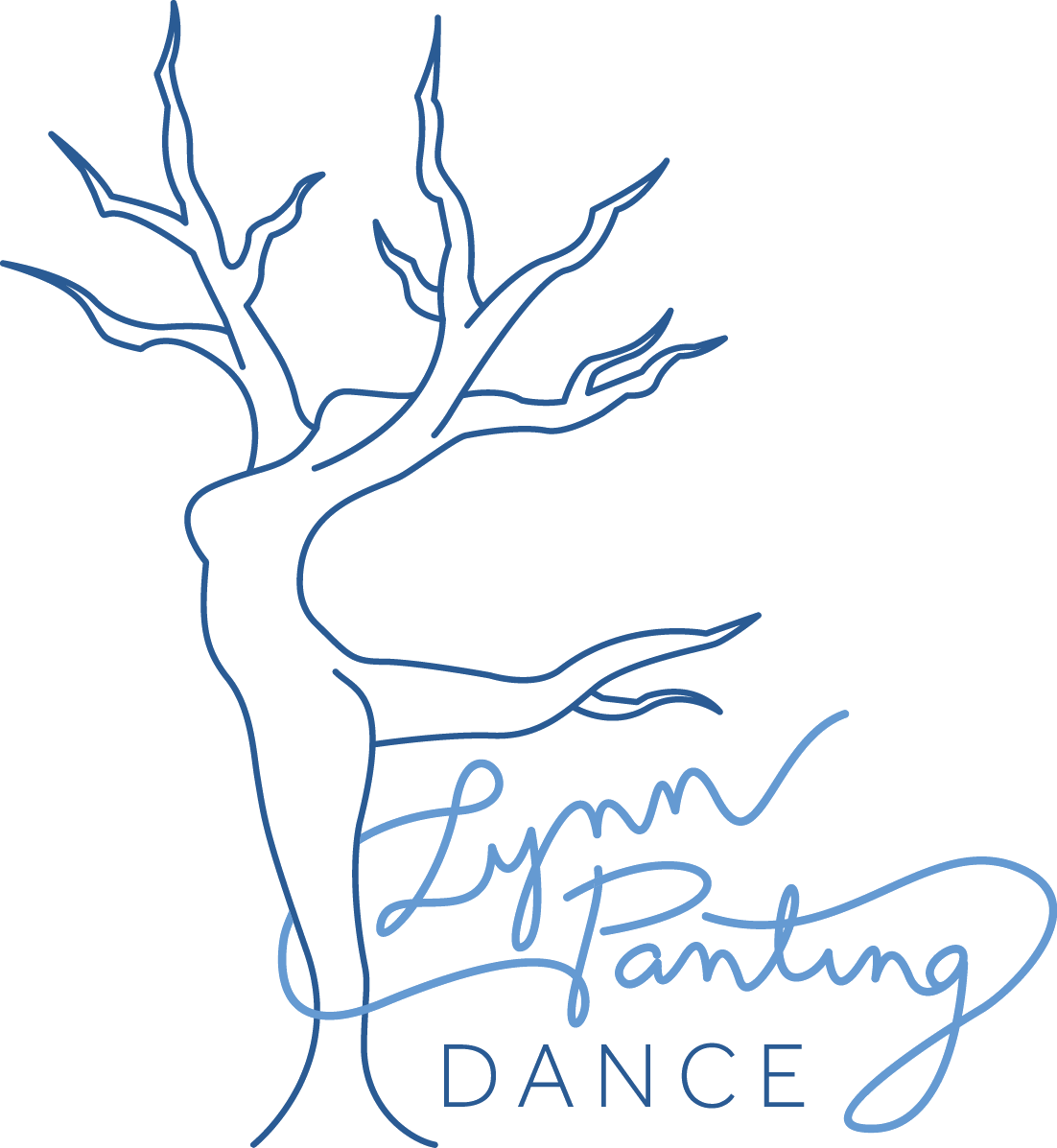Why I Hate Hate Theatre Warm-Up Games
Here it is: I hate theatre warm-up games. I hate them with a deep and fiery passion.
Now, before anyone clutches their pearls, let me explain. If you adore a good game of Zip Zap Zop or thrive on the chaos of Big Booty, I see you. I respect you. I even admire your unhinged enthusiasm. But, with love— it’s not for me. It’s probably not for a lot of people.
The Struggle Is Real (and Neurological)
For those who don’t know, I have a language processing disorder. Warm-up games often rely on quick thinking, split-second decisions, and a touch of chaos—all things my brain finds... horrifying.
I use myself as an example here, but it is clear to me through years of experience that I am not the only one who feels a sense of panic when a director calls for us to circle up for the warm-up game.
The Tailored Warm-Up Advantage
For me, a good warm-up is about getting everyone together, focused and on the same page. As such, I prefer warm-ups that serve and reflect the project we’re working on.
If we’re working on a physically demanding piece, let’s stretch, explore levels, and build stamina.
If it’s a deeply emotional project, let’s start with grounding exercises or simple breathwork.
If connection is key, we can play with shared movement or eye contact that builds trust and serves the creative process.
A tailored warm-up not only prepares the body but also tunes the ensemble to the specific demands of the work ahead. It creates focus and intention—something no amount of Big Booty has ever accomplished (no offence).
The Problem with Competitive Warm-Ups
One of the biggest pitfalls in traditional warm-up games is competition. Games that pit individuals against each other, whether through speed, reaction time, or elimination, can fracture an ensemble rather than unite it.
Competition shifts the focus from collaboration to personal survival, which runs counter to the spirit of most theatrical work. If actors are entering rehearsal with a sense of failure or frustration because they "lost" a warm-up game, it can create unnecessary tension and anxiety that lingers into the creative process. The goal of a warm-up should be to bring the group together, not to separate the quick from the slow or the confident from the uncertain.
When we remove the competitive element from warm-ups, we allow space for a true ensemble to emerge.
A Game-Changer for Inclusivity
What I love most about tailored warm-ups is their accessibility. They make room for everyone, regardless of their comfort and experience level. Tailored warm-ups meet people where they are and bring them together on common ground.
It’s not about ditching fun—it’s about redefining what fun means in the context of our work. For me, there’s nothing more rewarding than watching a group come alive because they’ve found genuine connection through movement or shared focus.
A Word to the Warm-Up Game Lovers
Warm-ups are important, but they’re not one-size-fits-all. By tailoring warm-ups to the project and the people in the room, we can create an environment that feels supportive, and inclusive.
To those who swear by their Zip Zap Zop—I love that for you. I understand the joy of laughter, the release of silliness, and the camaraderie that these games can create. If your team is all on board, I say go for it!
Just know that the next time someone suggests a game of Big Booty, I’ll be over here, leading a slow, intentional warm-up that connects us to the work. And if you still want to shout “Big Booty, Big Booty, Big Booty, Oh Yeah!” at the top of your lungs, that’s fine too! Bless.
I won’t leave you hanging! Check out some suggestions for tailored warm ups here.

